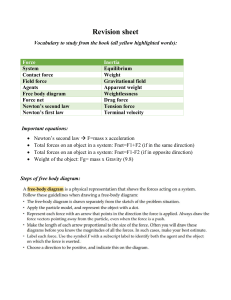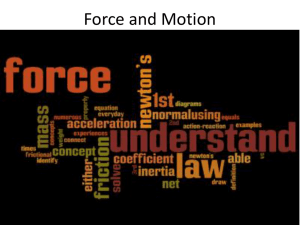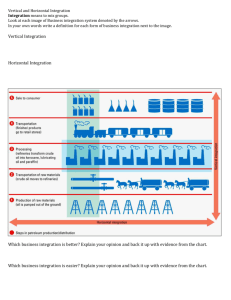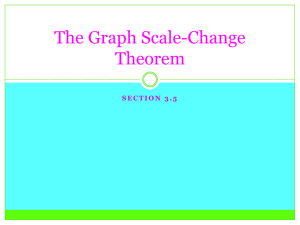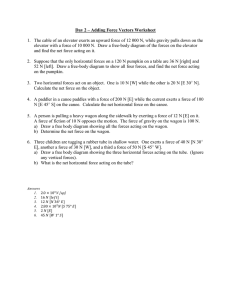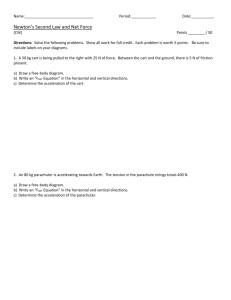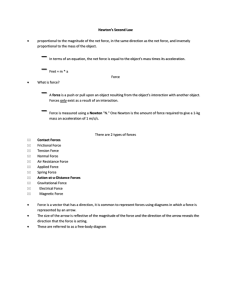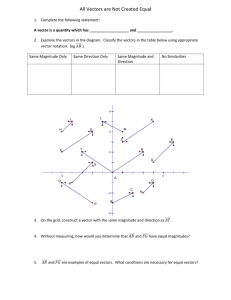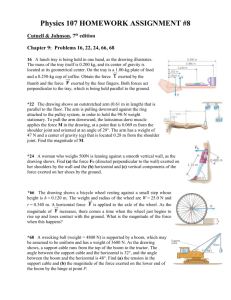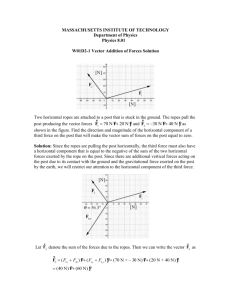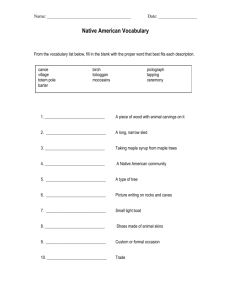October 10, 2013: Forces and Free-Body Diagrams
advertisement
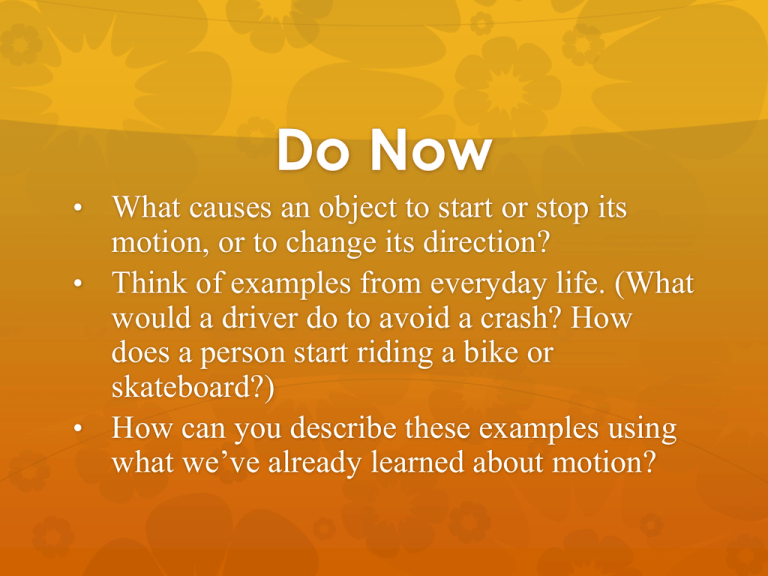
Do Now • What causes an object to start or stop its motion, or to change its direction? • Think of examples from everyday life. (What would a driver do to avoid a crash? How does a person start riding a bike or skateboard?) • How can you describe these examples using what we’ve already learned about motion? Aim: What are forces and how are they represented? SWBAT: describe forces, draw free-body diagrams, and find the value of net forces on a system Recall Acceleration causes changes in motion (accelerations change an object’s velocity) Vectors have both a magnitude (#) and direction (+, -); scalars only have magnitude (#) Forces and Motion A force is a push or pull exerted on an object Causes an object to speed up, slow down, or change direction A force causes an acceleration! Represented by F (vector: magnitude and direction) and F (just magnitude) Unit: Newton [1 N = kg*m/s2] Terminology Object is called the “system” Anything that exerts a force on the object is called the “external world” The specific and identifiable cause of a force is called the “agent” A force can only exist if there is both an agent and a system Contact vs. Field Forces Two kinds of forces Contact forces exist when an object from the external world touches the system (ex: hand on a book, brake on a tire) Field forces exist when forces are exerted without contact (ex: gravity, magnets) Free Body Diagrams Visual representation of forces Sketch identifies the system and all contact and field forces Free-body diagram shows forces as vectors acting on the object Since forces are vectors, we can simplify the free-body diagram further by sketching the vector sum of all the forces on the object (the net force) If the net force is zero, there is no acceleration. If an object is moving at a constant velocity, there are either (1) no forces acting on the object, or (2) the sum of the forces acting on the object is zero. system gravity (field force) Fgravity Fair Air caught in parachute (contact) system gravity (field) Fgravity Examples A sky diver falls downward through the air at a constant velocity. A cable pulls a crate at a constant speed across a horizontal surface. The surface provides a force that resists the crate’s motion. Two horizontal forces, 225 N and 165 N, are exerted on a canoe. If these forces are applied in the same direction, find the net horizontal force on the canoe. If the same two forces (225 N and exerted on the canoe in opposite what is the net horizontal force of Be sure to indicate the direction force. 165 N) are directions, the canoe? of the net Three confused sleigh dogs are trying to pull a sled across the Alaskan snow. Alutia pulls east with a force of 35 N, Seward also pulls east but with a force of 42 N, and big Kodiak pulls west with a force of 53 N. What is the net force on the sled?
